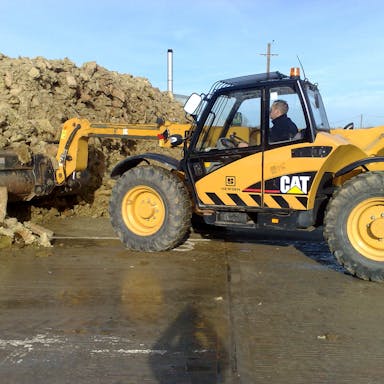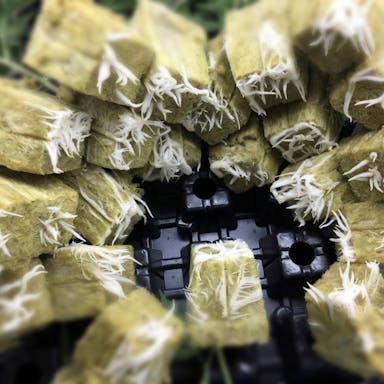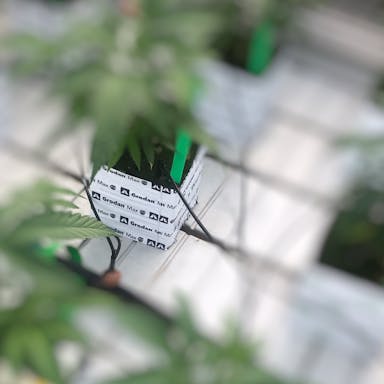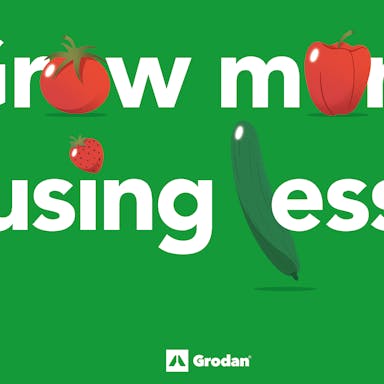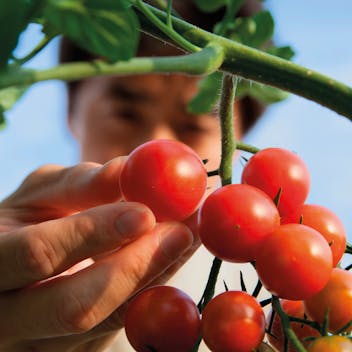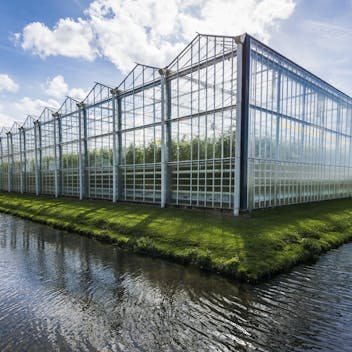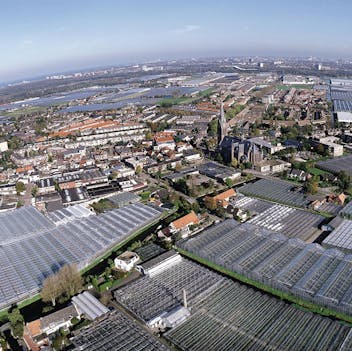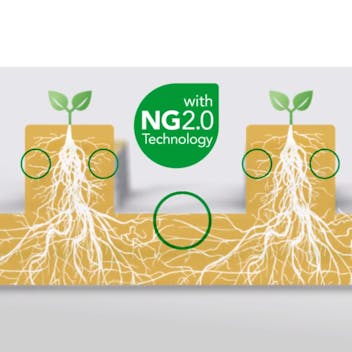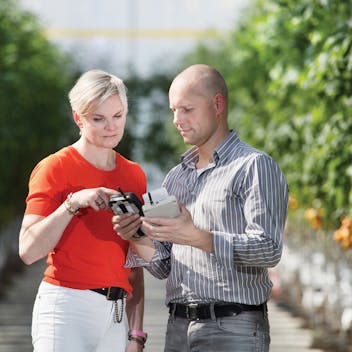Horticulture 4.0: future or new reality?
We asked Vincent Deenen, Marketing Director at Grodan and, with more than 30 years of experience in the agricultural sector, a true veteran: “With e-Gro we are moving toward this new reality. For the past 50 years, Grodan, located in beautiful Roermond, in the Dutch province of Limburg, has grown from being a distributor concentrating solely on mineral wool substrate into a worldwide distributor of data-driven solutions such as e-Gro. Initially via an app and now also as an open software platform. This is where the terms data mining and machine learning come together. If you ask me, it’s a revolution.”
So how does this data mining and machine learning work?
We asked Gursel Karacor, senior data scientist at Grodan and closely involved with the development of e-Gro for more information: “The greatest thing about e-Gro is that it keeps getting smarter; even daily, because the different data streams the system receives are applied 24/7 by the developed software in order to make better predictions.”
Can you give an example?
Gursel doesn’t need to think long: “e-Gro now has a module for predicting tomato yield. To do this we gather all the data from the digital environment set up in the greenhouses. We’re talking about data on the plants (e.g. fruit size, stem density), greenhouse data (such as indoor temperature, light strength), environment data (outdoor temperature, wind speed) and crop data. This combination of data is necessary for ‘training’ a state-of-the-art machine learning model to better predict the coming weeks’ yield. By using the data the grower has more control over the production process and can therefore optimize production.”
And what about the AI?
“We use an artificial intelligence approach in which the grower also has a role. This means that we use data to extract useful information. We feed them with modern machine learning models and improve them even more with the knowledge and experience of experts. This way we can help growers make smarter and more efficient decisions,” says Gursel.
So growers really do have an active role?
“Certainly! We, in fact, combine artificial and human intelligence to achieve the best results. The grower’s own knowledge is very important. Indispensible, I’d say.”
And what role does technology play in the future of horticulture?
Gursel thinks, then answers: “As humans, we use our resources much more quickly than any other species. However, data technologies are developing at a high speed and this can help the greenhouse horticulture sector ‘grow’ fast too. The power of technology can make the difference in sustainable and efficient cultivation. I think it will become impossible to survive in the horticulture sector without using the available technology.
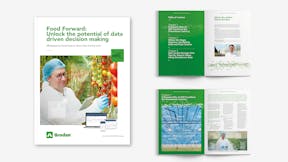
Where the magic happens: unlock the potential of data driven decision making
Data science and AI technologies present us with so many opportunities to collect and mine data in the greenhouse. This paper will help you begin your journey to get the best out of your greenhouse data. There’s a bright future ahead!
